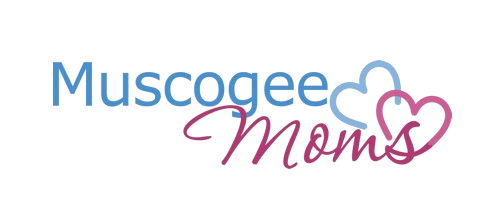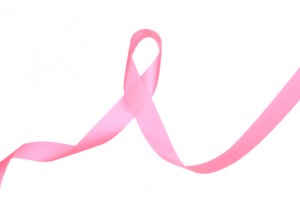Think Pink: 8 facts about breast cancer
About 1 in 8 women will develop breast cancer at some point during her life. While you can’t change some risk factors—genetics and aging, for example—here are eight ways you can lower your breast cancer risk. Be sure to talk to your healthcare provider if you have any questions.
1. Know your normal.
Each woman is unique. So it’s important to become familiar with the way your breasts normally look and feel by doing regular breast self-exams. Knowing what is normal for you may help you see or feel changes in your breasts.
2. Learn your family health history.
Talk to both sides of your family. A woman who has one first-degree female relative (mother, sister or daughter) with breast cancer has almost twice the risk of a woman without a family history. Families with a strong family history of breast cancer often carry inherited gene mutations of BRCA1 or BRCA2.
3. Exercise regularly.
Regular exercise appears to lower breast cancer risk by about 10 to 20 percent, especially in postmenopausal women.
4. Limit beer, wine and liquor.
Follow the American Cancer Society’s recommendation of no more than 1 drink per day for women.
5. Watch your weight.
The more fat tissue in a woman’s body, the higher your estrogen levels are likely to be, and the higher your risk of breast cancer.
6. Eat healthy.
A diet that is rich in vegetables, fruit, poultry, fish, and low-fat dairy products has also been linked with a lower risk of breast cancer in some studies.
7. Have children – early.
Childbirth is a deeply personal decision. However, pregnancy lowers your long-term risk of getting breast cancer. Women who have their first child at age 35 or younger tend to get an overall protective benefit from pregnancy. The more children a woman has given birth to, the lower her risk of breast cancer tends to be.
8. Breastfeed if you can.
Again, the decision to breastfeed is a deeply personal one. However, women who breastfeed have a 25 percent lower risk of breast cancer compared to women who do not breastfeed.
Sources: WomensDay.com and BreastCancer.org and koman.org



